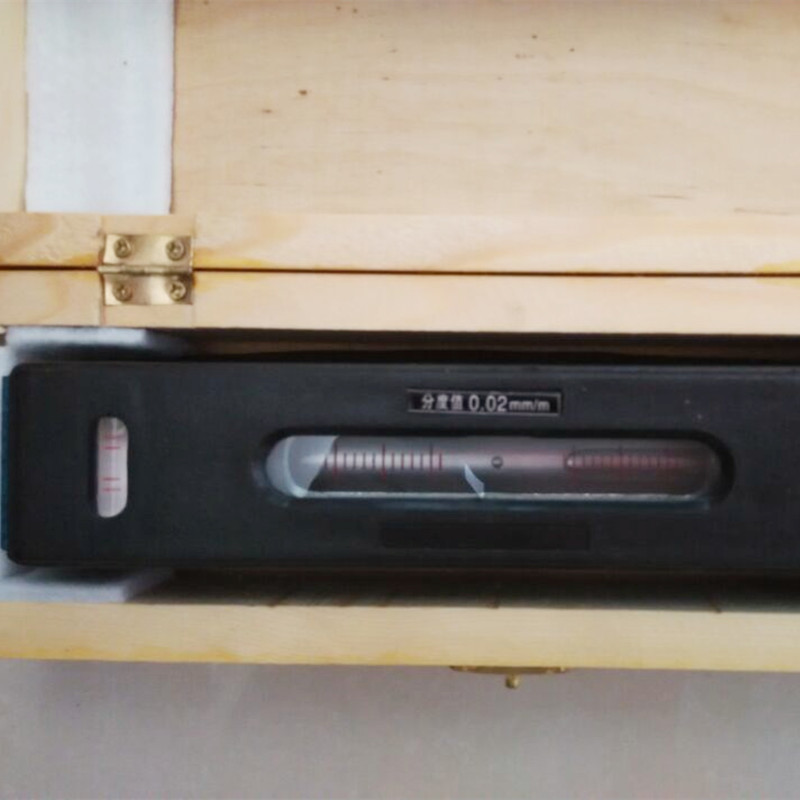sept. . 22, 2024 02:21 Back to list
types of bore gauge
Types of Bore Gauges A Comprehensive Overview
Bore gauges are essential precision measuring instruments used in various industries, particularly in manufacturing and mechanical engineering. Their primary role is to measure the internal diameter of a bore, ensuring that it adheres to specific tolerance levels. This article explores the different types of bore gauges, outlining their unique features, applications, and advantages.
1. Dial Bore Gauges
Dial bore gauges are among the most commonly used types of bore measuring devices. They consist of a measuring probe connected to a dial indicator. When the probe is inserted into the bore, it expands or contracts to fit snugly against the inner surface. The dial gauge reads the dimensions on a calibrated scale. Dial bore gauges are favored for their simplicity and accuracy and are suitable for a variety of applications, from automotive engine components to hydraulic cylinders.
2. Electronic Bore Gauges
Electronic bore gauges offer enhanced precision and ease of use compared to their mechanical counterparts. These gauges utilize electronic sensors to measure the internal diameter and display the results digitally. Many models include features like data logging and statistical process control (SPC), facilitating real-time analysis. Electronic bore gauges are particularly beneficial in high-precision settings, such as aerospace and advanced manufacturing, where tolerances are critical.
types of bore gauge

Taper plug gauges enable engineers to measure the internal diameter of a bore at various depths. These gauges come with a tapered design, allowing them to fit into holes of different sizes. When inserted into a bore, the user can easily find the position where the plug fits snugly, indicating the actual internal dimensions. Taper plug gauges are ideal for applications requiring a quick assessment of hole sizes, such as in quality control sectors.
4. Mikrokator Bore Gauges
Mikrokator bore gauges are specialized instruments used for ultra-precision measurements. They employ a unique sensing mechanism that minimizes the chances of error, making them suitable for the most demanding tasks in precision engineering. Mikrokator gauges are often used in industries that require detailed inspections of small bores, such as medical device manufacturing and micro-engineering.
5. Gage Blocks and Calibration Tools
While not traditional bore gauges, gage blocks are often used in conjunction with bore gauges for calibration purposes. By providing a reference measurement, gage blocks ensure that bore gauges maintain their accuracy over time. Calibration tools are critical for any measuring instrument to ensure reliability, especially in fields where precision is paramount.
Conclusion
Understanding the various types of bore gauges is essential for anyone involved in precision manufacturing and quality assurance. Each type of bore gauge has its unique features, making it suitable for specific applications. From the simplicity of dial gauges to the advanced capabilities of electronic models, choosing the right bore gauge can significantly impact the quality and accuracy of measurements. As industries continue to evolve, innovations in bore gauge technology will likely enhance efficiency and precision, ensuring products meet strict quality standards.
-
Why Metric Trapezoidal Thread is Ideal for Precision Motion ControlNewsAug.05,2025
-
The Unique Properties of a Block of Granite for Industrial UseNewsAug.05,2025
-
The Role of Flanged Y Strainers in Preventing Pipeline ClogsNewsAug.05,2025
-
The Importance of Regular Calibration for Master Ring GagesNewsAug.05,2025
-
How a Cast Iron Surface Table Enhances Accuracy in ManufacturingNewsAug.05,2025
-
Comparing Different Check Valve Types for Optimal Flow ControlNewsAug.05,2025
Related PRODUCTS









